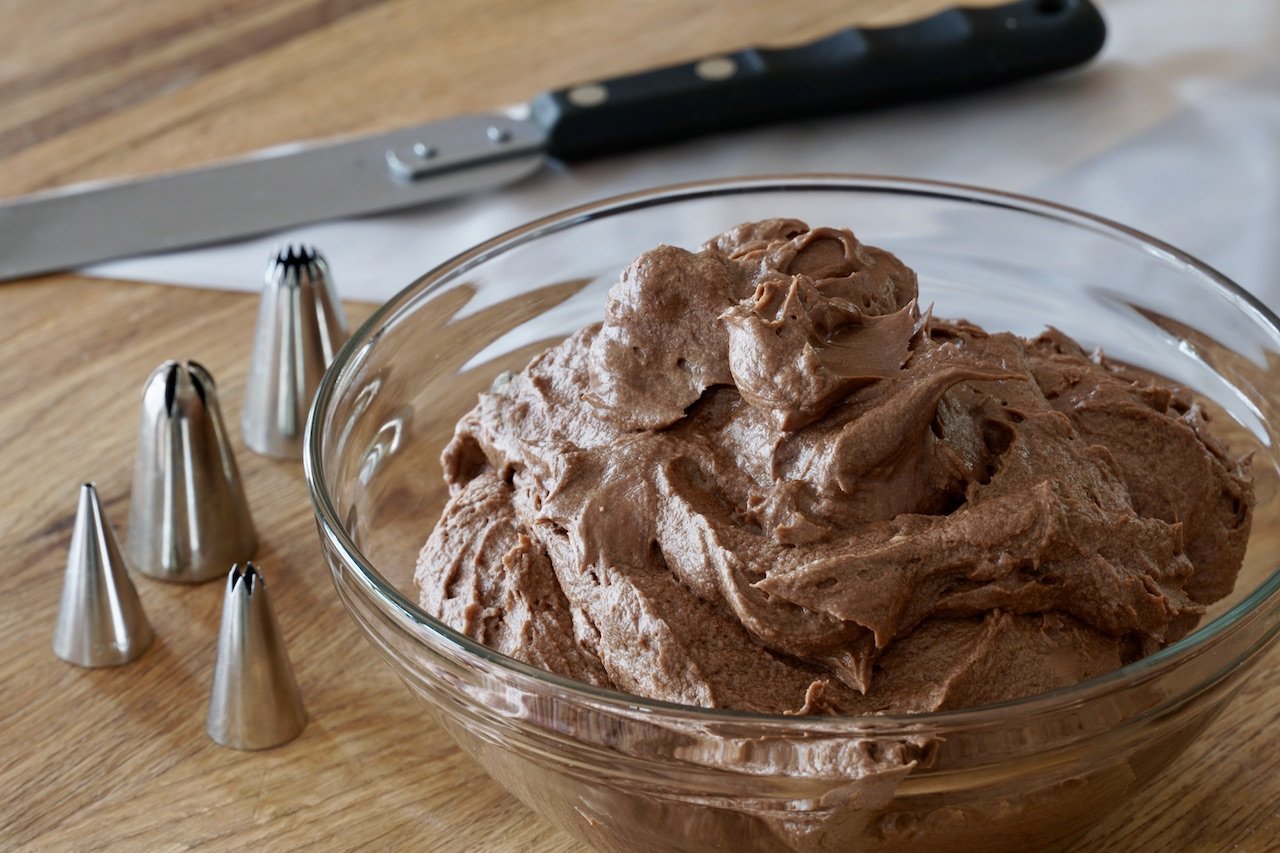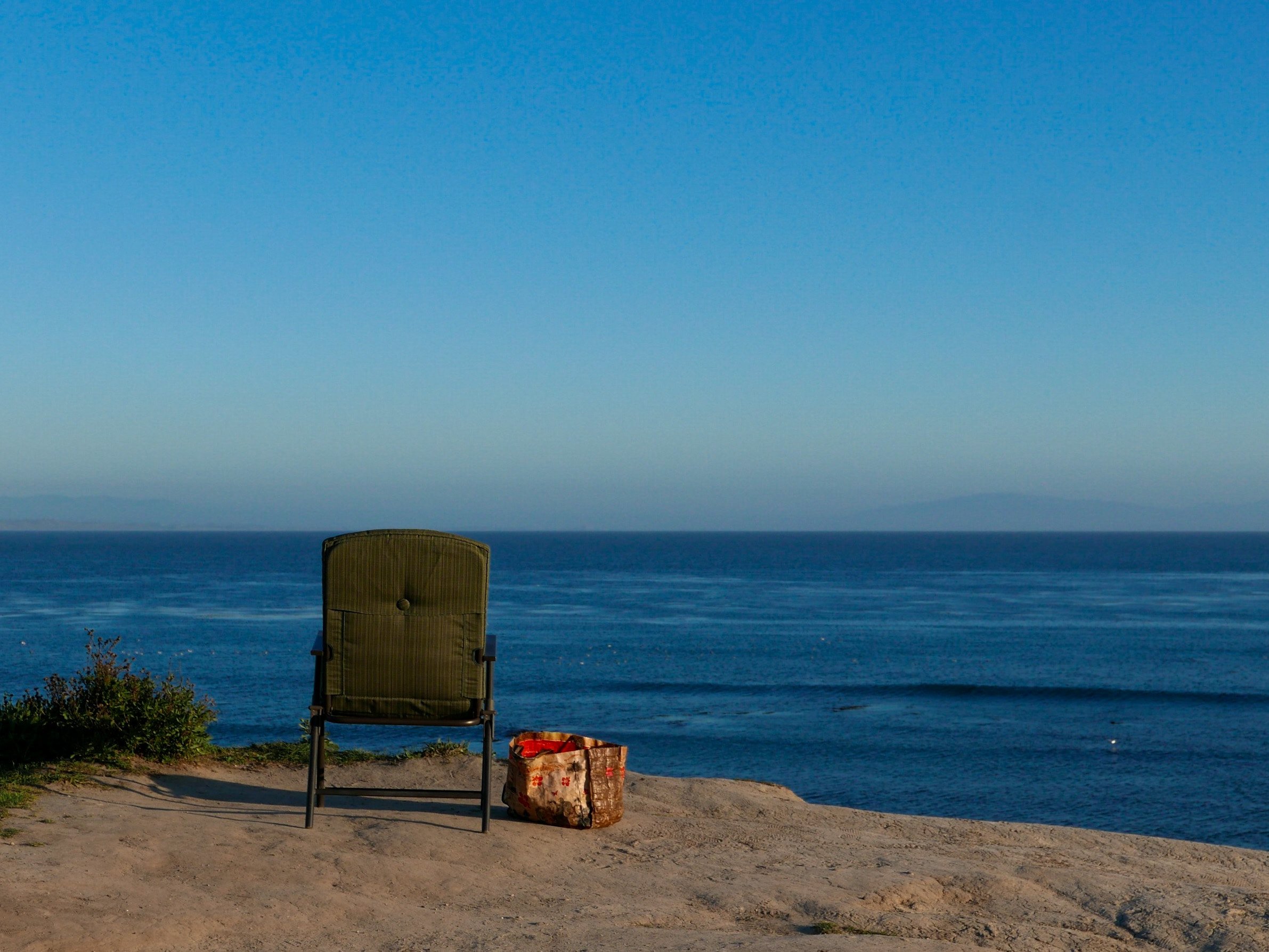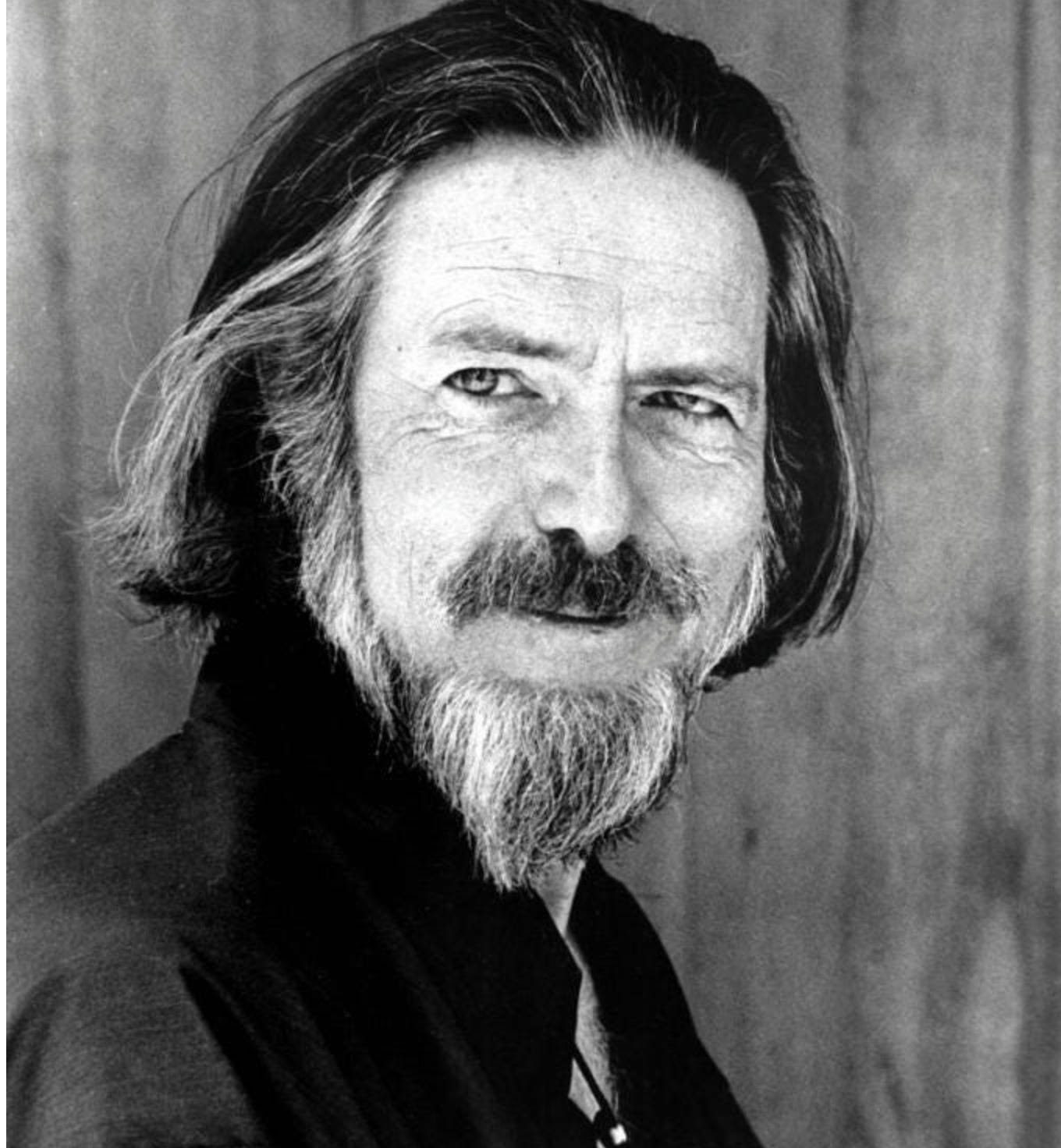
Can Vedic Meditation really make us happier?
A deep dive into the science of real happiness…
Real happiness is not about being ecstatically jubilant all the time.
It’s not about mood-making or complacency or indifference.
It’s a certain quiet inner contentedness.
…No matter which way the wind blows.
Anyone can be happy when they get what they want—and there’s nothing wrong with wanting.
But truly happy people stay that way even when they don’t.
It’s almost like happiness is their baseline…
See here’s the thing about baseline happiness…
It’s our default state.
We already have it, and we don’t need to acquire anything to experience it.
But because of how we’ve been programmed…
Most of us only know how to be happy when we get what we want.
We call this object-referral happiness, meaning our happiness is in reference to, and dependent upon, some object.
In music, we tend to externalize our happiness to things like commercial success, #1 records, sold-out shows, social media engagement, etc.
It’s easy to be happy in those situations—and we should absolutely be striving toward our goals every day.
But are we really okay with only being happy in those exact situations?
Happiness based purely on external circumstances is all icing and no cake.

Object-referral happiness is all icing and no cake.
What happens when things don’t go our way?
Or when the dopamine high wears off?
How often does reality match our exact preferences?
And when it does, how long does that happiness last once we get it?
When we rely on people, things, or situations to make us happy, we give control of our happiness to those things.
It’s like we’re a flag, flapping flaccidly in the breeze, completely at the mercy of whichever way the wind blows. When it blows our way, we feel good, and when it doesn’t, we don’t.
To make things worse, the more things do go our way, the more we need them to go our way again, but in an even better way next time, to match that previous ‘peak’ experience we’ve now normalized.
It’s the core of the reason why some of the most successful artists in our industry struggle with addiction, depression, and anxiety, despite having access to all of the people, things, and situations imaginable. It would seem like ‘making it’ would surely make us happy. Yet we’re surrounded by proof that it doesn’t. The law of diminishing returns explains that beyond a certain point at which that ‘stuff’ allows us to meet our basic needs, the amount of additional happiness it brings into our lives is increasingly less and less, the more of it we get.
By relying on external objects or conditions to be happy, we are designing a life for ourselves that is, at best, monotonous mundanity occasionally interspersed with brief and fleeting moments of satisfaction, and at worst, a constant quest of seeking more, more, more, to manipulate and influence reality to match our preferences, and never quite getting there.
ALAN WATTS
“The more you pursue feeling better all the time, the less satisfied you become, as pursuing something only reinforces the fact that you lack it in the first place.”
Can we break this cycle?
Remember when they told us real happiness was within?
Well…where is it then?
It’s not on the other side of acquisition.
There is no magical combination of things or success or friends you can acquire that will suddenly unlock lasting happiness.
But there is a second type of happiness, and it’s called self-referral happiness, or baseline happiness: a state of happiness that is in reference only to one’s self.
The truth is…
We’re not just flags flapping in the breeze—we are the entire flagpole.
But so often, we over-identify with those surface-level ephemera, and we lose sight of our pole-hood. Or pole-dom. Or poli-ness.
Indeed, Your Poli-ness—you are not just the floppy flag flapping in the breeze; you are the entire pole, firmly rooted in the soil of Being we call supreme inner contentedness.
That’s nice to think about, but could it be that easy?
Next time some one or some thing bothers us, can we just close our eyes and pretend we’re flagpoles?
Of course not.
Let’s pull back the curtain on how real happiness really works…
Real happiness isn’t about getting happy.
It’s about removing all the stuff standing in the way of the inner happiness that we already possess but usually obscure with worries about what happened yesterday or fears about what might happen tomorrow.
What are these blockages?
In the West, therapists might call them childhood trauma or conditioning.
New age healers often describe them as stuck emotions.
In the East, Qi Gong or Taoist practitioners might describe them as blocked qi (chi) or energy flow.
What they’re all talking about is accumulated stress.
How’d it get there?
Every time something doesn’t go our way, we have a choice about how we interpret that.
Every time in the past that we tried to control a situation to get our way, and it didn’t work, we got stressed, which we felt as our heart racing, brow sweating, or temperature rising—the old ‘fight or flight’ response.
Since there was no actual danger to fight or flee, our body never burned off the excess oxygen taken in during this response, and it’s been stored in the cellular memory since then, even if we forgot it.
All those memories stored in the physiology are now blocking our access to our baseline happiness.
The way we react—or don’t—to a given stimulus is directly proportional to the amount of accumulated stress we’re already carrying around, and how much of our natural adaptation energy is available underneath that to deal with new demands appropriately.
When we’re carrying around a teacup that’s nearly full to the brim, we’ll spill our tea at the slightest bump in the road.
It’s not our fault—but it is our responsibility.
So how do we avoid spilling our tea?
The answer is not to remove preferences—that would be like trying to change what flavor of ice cream we like, and it would be equally fruitless. It’s impossible, and nobody would benefit from it.
Again, there’s no problem with having preferences—baseline happiness is not about complacency or indifference or pretending we’re fine.
The answer is to remove our attachment to those preferences, so instead of stressing ourselves out trying to control the world to match them, we can instead respond consciously, adapting to, and interacting with reality.
We call this stay-and-play, as opposed to fight-or-flee.
In order to avoid blocking our own happiness, we have to address the root cause of this attachment—lifelong stress accumulation.
If we store things inside of us that bothered us, we’re going to keep feeling bothered.
When our preferences are so firmly entrenched and ultimately rooted in stress, ideas like ‘just relax’ or ‘take a deep breath’ are pretty useless, and can often create even more frustration when they don’t work.
Rather than try to remove our preferences, we have to remove the underlying stress that’s causing us to be so rigidly attached to that specific preference.

Vedic Meditation systematically dissolves our deeply held stresses.
VM dissolves those blocks, that conditioning, those stuck emotions, by giving the body the depth of rest it needs to release them on its own.
We just close our eyes and mentally repeat our personalized mantra, given to each student by an expert instructor trained for thousands of hours.
The mind naturally favors the mantra over thoughts and is finally able to quiet down into a deeply delightful supreme state of inner contentedness.
The body follows the mind, attaining to a level of rest scientifically shown to be 2-5x deeper than the deepest sleep.
Only in this deeply restful state can we start to release deeply held stress.
As the stress is unwound, the brain naturally rebalances bliss chemicals like dopamine, serotonin, oxytocin and endorphins.
When we emerge, not only have we released some stress, but we’ve saturated our minds with inner contentedness.
And that contentedness is not so hung up on the idea of controlling everything, being, as it were, that it’s already feeling quite good.
The more stress we dissolve, the fewer blockages to our happiness we have.
And the fewer blockages we have, the more easily the energy flows, and the more easily we’re able to reconnect to that innate peace, supreme inner contentedness, or baseline happiness.
We still like certain things and prefer certain outcomes, but have a much easier time if we don’t get them, because we’re so happy inside already—and this happiness is not dependent on external phenomena, so our sense of self is no longer reliant on every element of our life being exactly as we expect it should be.
We also become more adaptable to situations, meaning we accumulate less stress moving forward.
So we feel happier, and continue getting happier and happier every day.

This is baseline happiness.
It’s natural, sustainable, and accumulative.
It’s impervious to life’s highs and lows, and it doesn’t change with the wind.
You already have it inside you—you just have to start brushing the dust off the lightbulb.
If you haven’t started yet, the next question to ask yourself might be “Well, when?”
















